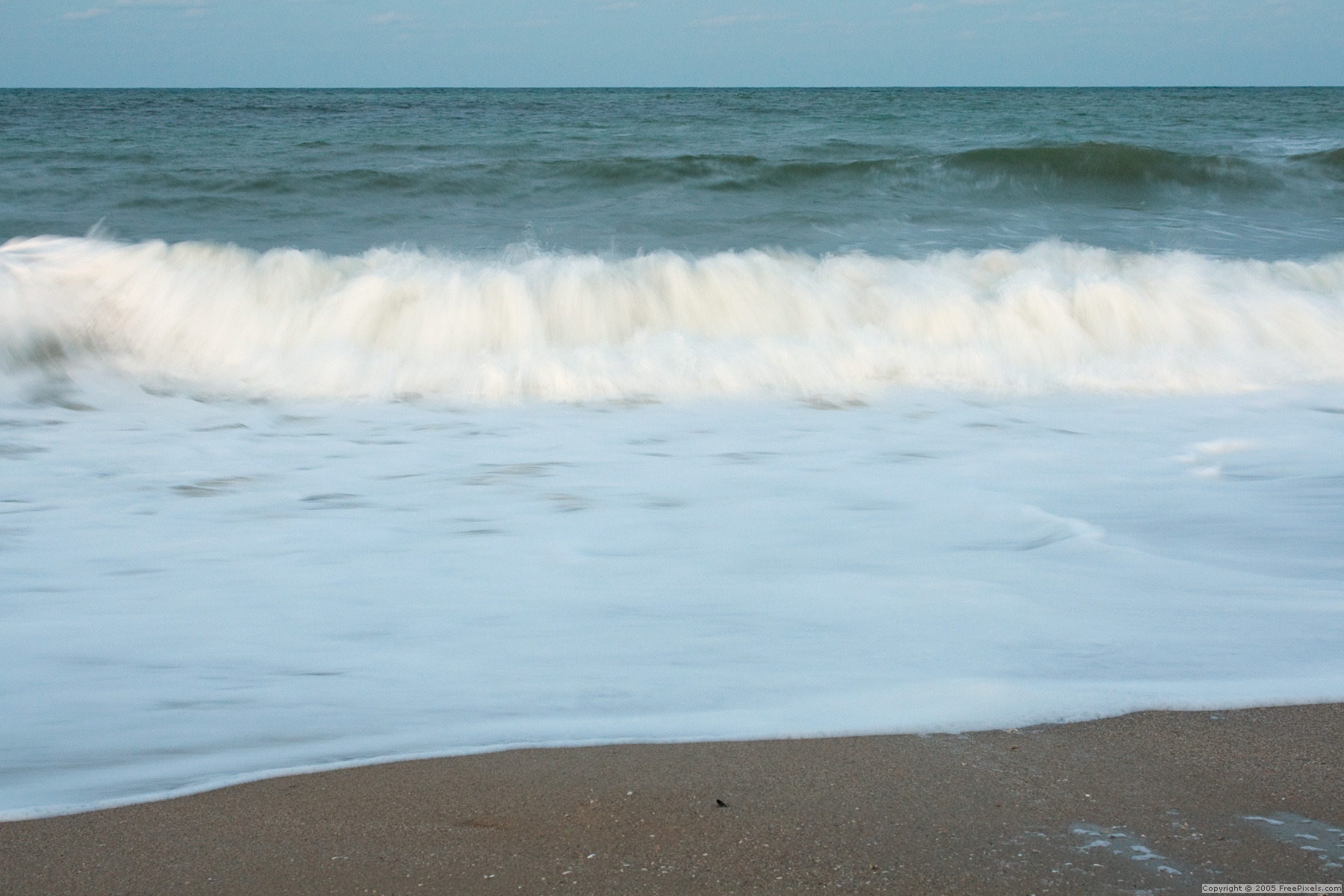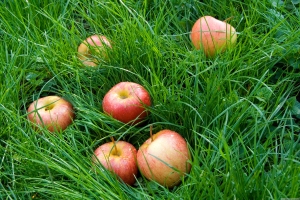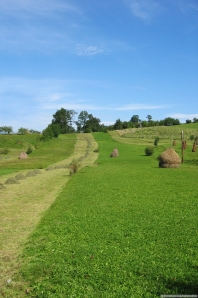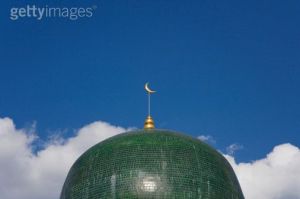 Sometimes it feels like the “world is too much with us”. It’s a busy time of the year and I, for one, start to get to feeling like a hamster on a wheel. Graduations, weddings, end of the year concerts and recitals, and their attending to-do lists can leave little time for the prayer and meditation that helps to slow us down. You’ll may have noticed I haven’t provided a post in over a week.
Sometimes it feels like the “world is too much with us”. It’s a busy time of the year and I, for one, start to get to feeling like a hamster on a wheel. Graduations, weddings, end of the year concerts and recitals, and their attending to-do lists can leave little time for the prayer and meditation that helps to slow us down. You’ll may have noticed I haven’t provided a post in over a week.
The idea of being a hermit begins to look like an attractive alternative. Well, maybe just the solitary part, for three or four days…
For to be a true hermit in the spiritual sense is to muster more than a modicum of self-discipline and a sustained commitment to embrace the demands of soul work. The word hermit comes from the Latin word eremita, meaning desert. While hermits are found in many religious traditions, “desert spirituality” or “desert theology” as it is called, has an aged Christian history. The idea of going into the desert to remove oneself from the world and its distractions in order to form a more complete union with God can be found in both the Old and the New Testaments. In Exodus, the Jews wandered for 40 years in the desert, and in Matthew, Jesus was tempted in the desert for 40 days and 40 nights.
The harsh and unforgiving nature of the desert becomes a means of surrender to God, physically and metaphorically. The earliest “Desert Fathers” practiced this solitary living as part of a wholly ascetic life. They would live in caves and huts away from civilization for years at a time, attempting to “pray without ceasing”. Utilizing a centering prayer (meditation), they were undergoing the grueling task of training the mind to continually turn toward God. Hunger, lust, memories, all kinds of distracting thoughts were all part of the inner struggle to reach a spiritual union. Their prayers and their own penance would then also become a means to absolve others of their transgressions.
In this vein, it was not a selfish act to live as an ascetic, but a way to better serve others spiritually as well. Examples of Christian hermits abound, the first two being St. Paul of Thebes in Egypt (in the 3rd century) and his disciple St. Anthony of Egypt (251-356CE). They were said to have miraculous powers and were sought out for advice and blessings. As news spread that some of the hermits had “powers”, it became increasingly difficult for them to remain solitary.
At the time of Robin Hood (this is Nun Tuck’s Almanac!), many of the hermits lived in the woods, on the outskirts of communities where they might earn a living, or they lived as a monk or a nun in a monastery. From the earliest forms of Christian monasticism, religious communities arose that incorporated the basic premise of solitary life with the necessity for human relationships. Orders of monks and nuns devoted solely to God began with the name of their founder to identify them. Benedictines, Franciscans, Carmelites, and Dominicans lived spartan lives of prayer, meditation, and service. Members often have a simple cell within the monastery where their quiet lives follow an obedient rhythm of silence, solitude, and devotions.
Like the Buddha, himself a hermit for a time, the practitioner needs to give up worldly pleasures and go within to experience the insight, wisdom, and peace that passeth all understanding. It is then, and only then, that he can come back and share it with others.
 Book of the Day, Teresa of Avila: Ecstasy and Common Sense by Tessa Bielecki
Book of the Day, Teresa of Avila: Ecstasy and Common Sense by Tessa Bielecki
Quote from the Book of the Day: “Beginners in prayer, we can say, are those who draw water from the well. This involves a lot of work on their own part, as I have said. They must tire themselves in trying to recollect their senses. Since they are accustomed to being distracted, this recollection requires much effort. They need to get accustomed to caring nothing at all about seeing or hearing, to practicing the hours of prayer, and thus to solitude and withdrawal- and to thinking on their past life.” St. Teresa of Avila

















